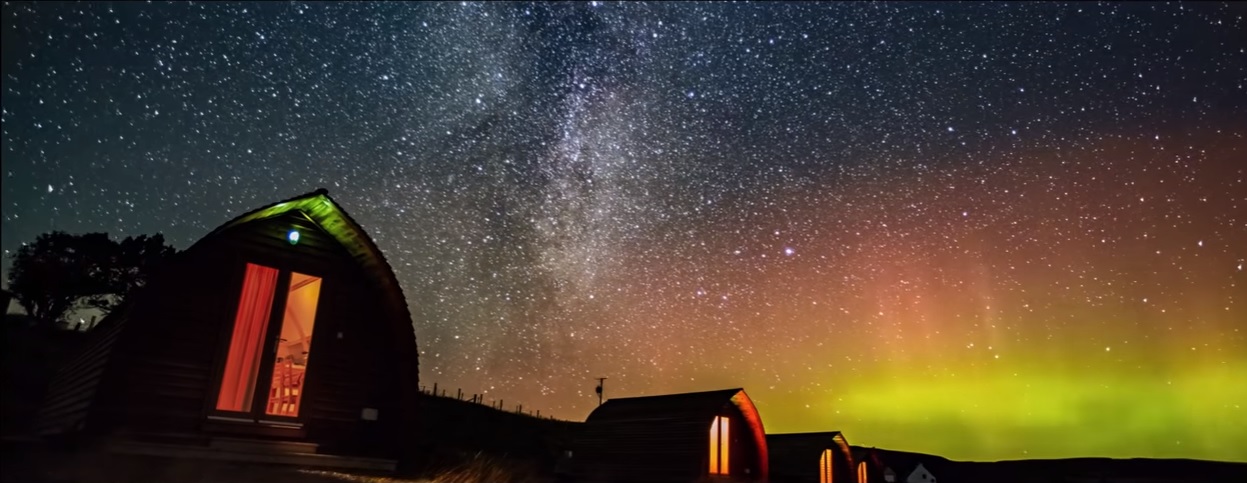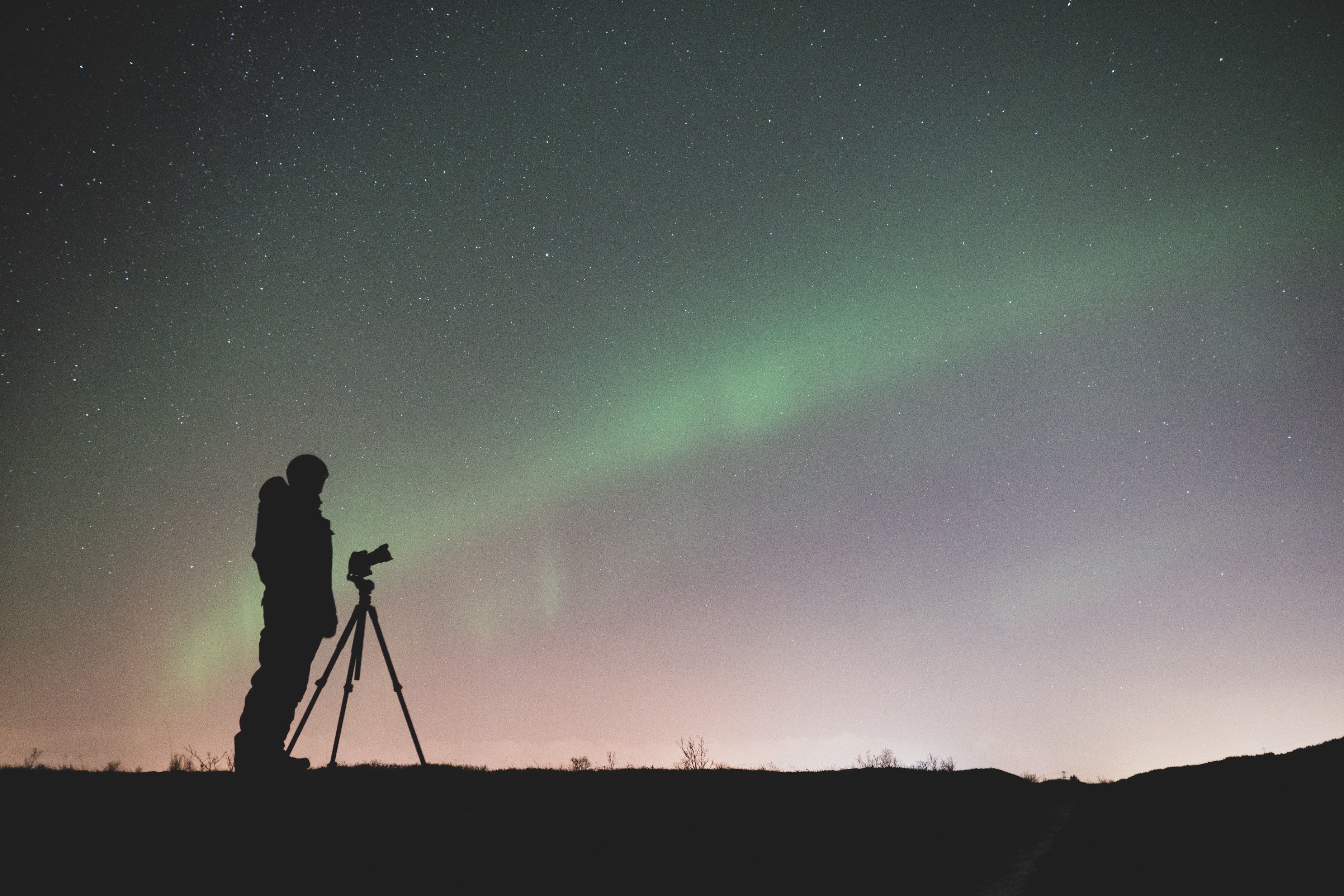
When and Where Can I See the Northern Lights in the UK?
Often referred to as Mother Nature's greatest light show, the northern lights appear in the sky as an ethereal curtain of colour including greens, pinks, reds, yellows, blues and purples. The lights generally extend from 50 to 400 miles above the surface of the Earth.
The technical names for the night time displays are aurora borealis (northern lights) for the northern hemisphere and aurora australis (southern lights) for the southern hemisphere.
What causes the northern lights?
The northern lights occur because of activity on the surface of the sun. Solar storms on the sun's surface give out huge clouds of electrically charged particles that travel millions of miles and collide with molecules in the Earth's upper atmosphere.
Where can I see the northern lights in the UK?
Predominantly, the northern lights are best witnessed in Scotland, North England, North Wales and Northern Ireland. However, under extreme space weather conditions, the lights can be seen throughout the UK.
Browse our Wigwam® Holidays sites set within Dark Sky Reserves to treat yourself to an extra special aurora chasing glamping experience.
AuroraWatch UK is a free service offering alerts for when the aurora might be visible from the UK. It is run by scientists in the Space and Planetary Physics group at Lancaster University’s Department of Physics.
Tips for seeing the aurora
-
Choose a clear night with no cloud cover
-
Find a remote location with no light pollution
-
Face the northern horizon
The northern lights are most active during the Equinox and Solstice in March/April and September/October.
What is the Kp index?
The Kp index is a measure of how much energy the solar wind is putting on our magnetosphere. The scale goes from 0-9 where 9 represents a hugely significant geomagnetic storm. The larger the Kp index is, the stronger the storm and the further south the northern lights will be visible.
Why what you see with the camera is not what you see with your eyes
Aurora displays often appear much less vivid to the naked eye than in the photos. One reason for this is that in the dark, our eyes are terrible at detecting greens and reds. Another factor is that photographers typically use long exposures to capture the spectacle, so the camera sensor is reading the lights for approximately 20 seconds in comparison to the human eye which can see at about a 1/50th of a second.
Read this article to discover how to capture great photos of the Northern Lights on your iPhone.
If you’re looking for a perfect spot to observe or photograph the lights, book yourself a cosy cabin at one of our many sites set within Dark Sky Reserves:
If you are fortunate enough to witness the northern lights this year, we’d love to see your photos so remember to share them with us via Instagram or Facebook.
Happy aurora chasing!



